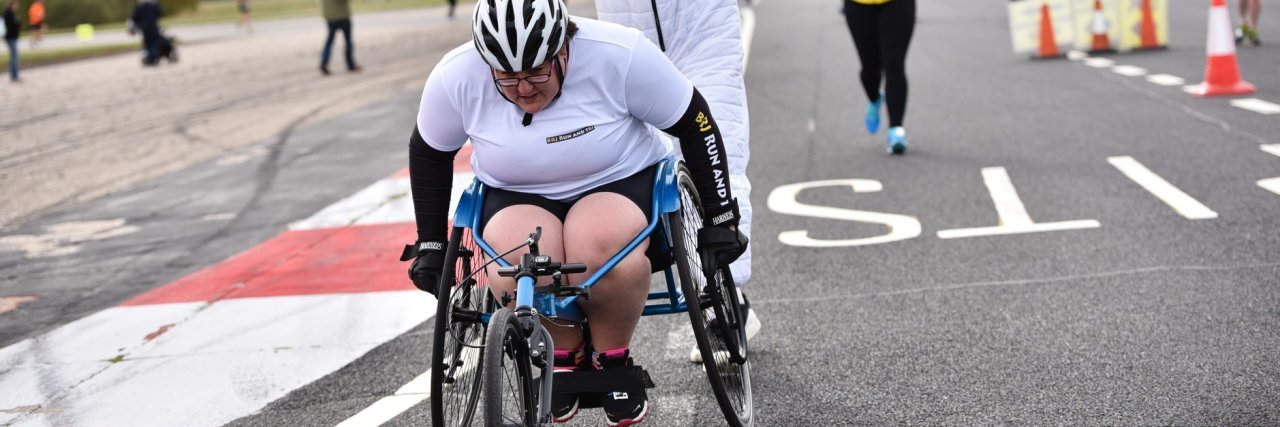After the 2012 Paralympics, disability and para sports suddenly became common knowledge, and more people wanted to try them because they actually knew they existed. However, many soon realized it wasn’t that simple. Here are some of the biggest barriers of getting into disability sports:
1. Finding a club and coach.
Although disability sports are becoming well known and more popular, there aren’t many coaches or clubs around. If you are lucky to live in an area that campaigns for disability sports and has disability sports organizations, you can generally find a club and coach. If not, you may have to travel a significant distance to get to training sessions, meaning that if you are unable to drive, you can’t get there. This sadly stops a lot of people from doing the sports they want to do, so they either don’t participate in sports or have to choose another sport.
2. The cost.
The sport you choose to participate in and the nature of your disability will determine the equipment you will need. Running as an able-bodied athlete costs very little; all you need is a pair of decent trainers. However, disability sports require very specific equipment and a lot of it is custom-built for the individual. For wheelchair racing, the equivalent of running, you will need your own gloves and eventually your own chair, which can cost up to £4000! On top of that there are club membership fees, race entry costs and more. I know the cost has sadly stopped many people getting involved in sports, simply because they can’t afford it.
3. Classifications.
Once you have found a sport you enjoy, you’re past the first hurdle. If you decide you want to take your sport to a competitive level, you have to go through a classification process. This process is different for every sport, and from my experience it is not a particularly pleasant one. There is a list of conditions that can be classified in a particular way, and if your disability/condition is not on that list anywhere, you may not be able to get a classification.
The only exception to this I have found is in rowing, where they not only have para-classifications but also adaptive rower classifications. The para-rowing classifications are conditions on the classification list and adaptive rowers are people with conditions that aren’t on the list, but who have disabilities and are unable to row “normally.” I hope more sports start to allow adaptive athletes to compete.
4. Getting equipment to races.
This sounds so simple, but I have found it is one of my biggest issues with many wheelchair sports. Racing wheelchairs, multi-sport wheelchairs, hand-bikes etc. are all very big and tend not to fit into cars. Most sports chairs don’t fold or come apart. You can take the wheels off some which sometimes helps, but it’s incredibly difficult to fit a sports chair and a regular day chair plus more than one person in a car — unless you are amazing at Tetris or have a van. I believe this is one of the main things that stops people from being able to progress higher in their chosen wheelchair sport.
5. The fear of judgment.
I don’t know a single disabled sportsman or woman who is not concerned about losing disability benefits due to participating in sports. You are judged on every aspect of your life, meaning that if you are active and do sports, you at risk of being deemed no longer eligible for benefits, even if the activities you do are disability sports. There are also still a lot of people that judge disabled people and assume disabled people can’t work, can’t do things for themselves and that they just stay at home doing nothing all day. They believe if disabled people participate in sports, they must be exaggerating their conditions and therefore they shouldn’t be getting help or be on benefits. Thankfully this view is slowly disappearing, but it can still put people off.
Disability sports are gradually becoming more popular and well-known. The participation levels have gone up dramatically, and I believe it is due to the media now reporting and showing more para-sports on TV. However, there are still many barriers that stop people from being able to do the sports they want to. Slowly things are improving as companies are making cheaper sports wheelchairs and equipment to allow sports to be more accessible, but there is still a lack of clubs and coaches. Hopefully things will continue to improve so every person who wants to access sports is able to, no matter their disability or income. Fingers crossed that one day sports will be fully inclusive!

